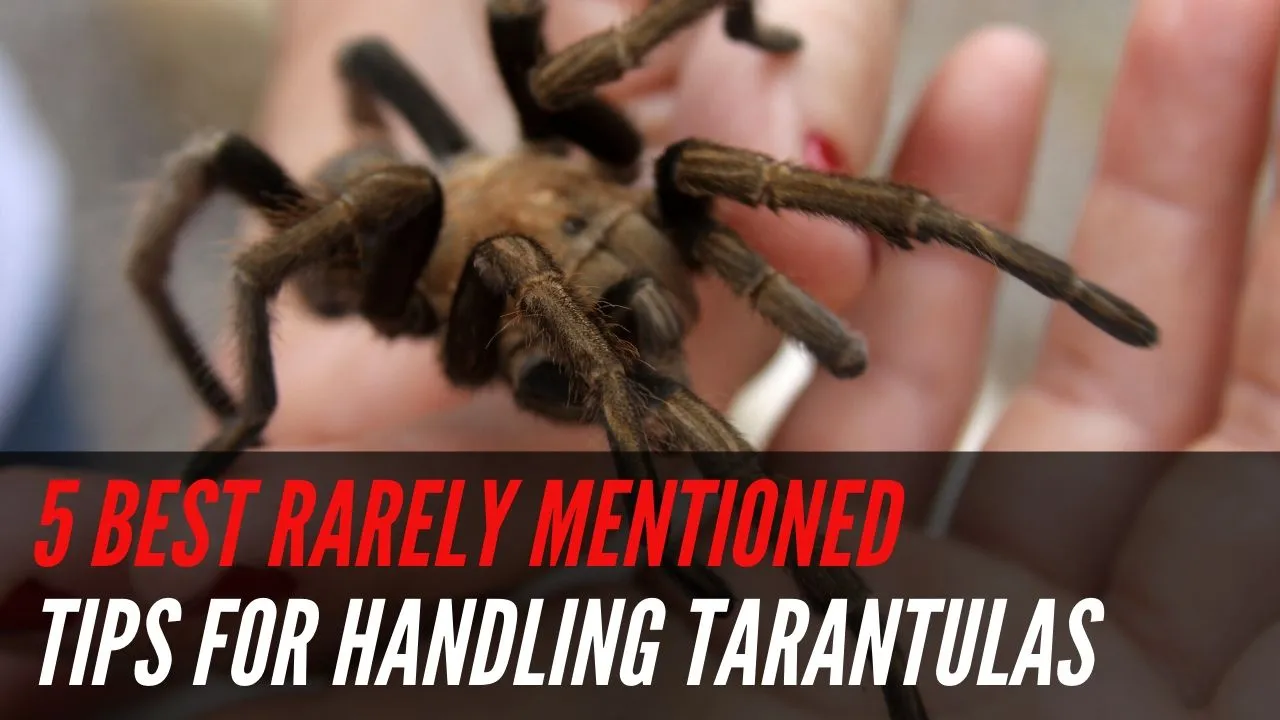Owning a tarantula can be a rewarding experience, but like all pets, they can experience stress. Recognizing and addressing stress in your tarantula is crucial for their well-being and longevity. This guide will help you identify the signs of stress, understand the factors that contribute to it, and provide practical steps on how to distress a tarantula and create a happier environment for your eight-legged friend. By following these tips, you can ensure your tarantula thrives and lives a long, healthy life.
Recognizing Tarantula Stress Signals
The first step in helping your tarantula is recognizing when they are stressed. Tarantulas communicate their discomfort through various behaviors. Understanding these signs is vital to taking quick action. Observing your tarantula’s behavior regularly will help you recognize any changes that indicate stress.
Lethargy and Loss of Appetite
A stressed tarantula may become lethargic, moving less than usual and spending more time in one spot. They may also lose their appetite, refusing to eat the food you offer. This is often one of the earliest signs of stress. A healthy tarantula should readily accept food, so a sudden disinterest is a red flag.
Defensive Postures and Threat Displays

Stressed tarantulas will often display defensive postures. These can include raising their front legs, exposing their fangs, or flicking urticating hairs. Threat displays are a clear signal that your tarantula feels threatened and needs space. A tarantula that feels safe will usually not exhibit these behaviors.
Excessive Webbing or Burrowing
While some webbing and burrowing are normal, excessive behavior can indicate stress. A stressed tarantula may spend a lot of time webbing its enclosure or burrowing deeply, trying to find a safe, secure place. This behavior is a sign that the tarantula feels vulnerable and is seeking shelter.
Understanding Environmental Factors
The environment in which your tarantula lives significantly impacts its stress levels. Ensuring the correct environmental conditions is essential for your pet’s well-being. Small adjustments can significantly reduce stress and promote a healthier, happier tarantula.
Maintaining Optimal Temperature and Humidity

Tarantulas thrive in specific temperature and humidity ranges. Research the ideal conditions for your tarantula species and use a thermometer and hygrometer to monitor the enclosure. Sudden fluctuations or incorrect levels can cause stress. Maintaining the correct environment is critical to their health. Use a heat source, if needed, to maintain the appropriate temperature, but be careful to avoid overheating.
Providing a Secure and Enriched Habitat
A well-designed habitat is crucial for reducing stress. Your tarantula needs a space where it feels safe and can exhibit natural behaviors. This also includes plenty of space for the tarantula to roam and explore. A cluttered tank can cause the tarantula to feel claustrophobic.
Proper Substrate and Hiding Places
The substrate should be appropriate for your tarantula’s species and deep enough for burrowing. Provide multiple hiding places, such as cork bark, artificial plants, or caves. These offer security and help your tarantula feel safe, giving it a place to retreat and de-stress.
Appropriate Tank Size and Ventilation
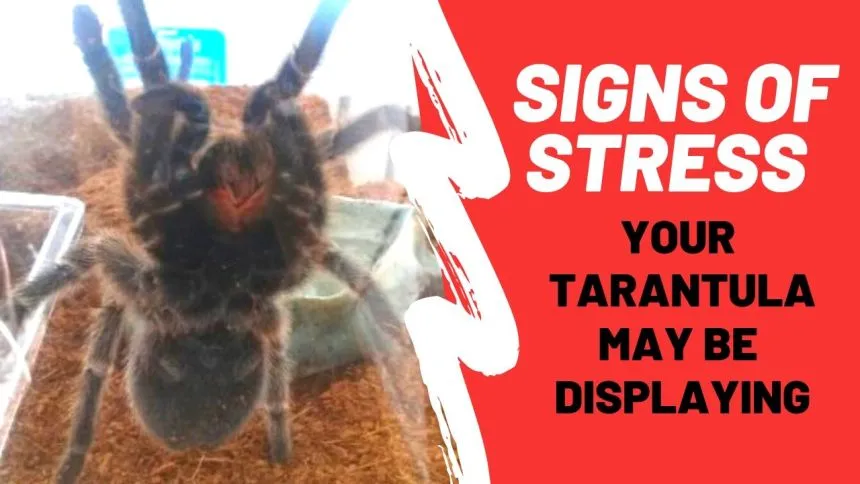
The enclosure should be large enough for your tarantula to move around comfortably, but not too large, as this can make them feel insecure. Ensure there’s adequate ventilation to prevent mold and maintain air quality. Proper airflow helps regulate humidity and reduces the risk of respiratory problems.
Feeding and Hydration Techniques
Proper feeding and hydration are essential for a tarantula’s well-being. A healthy tarantula is less likely to experience stress, so it’s important to provide the right diet and ensure access to fresh water.
Offering a Balanced Diet and Fresh Water
Feed your tarantula a balanced diet of insects appropriate for its size and species. Crickets, roaches, and mealworms are common choices. Always provide a shallow dish of fresh, clean water. Change the water regularly to prevent contamination, and ensure it’s easily accessible.
Avoiding Overfeeding
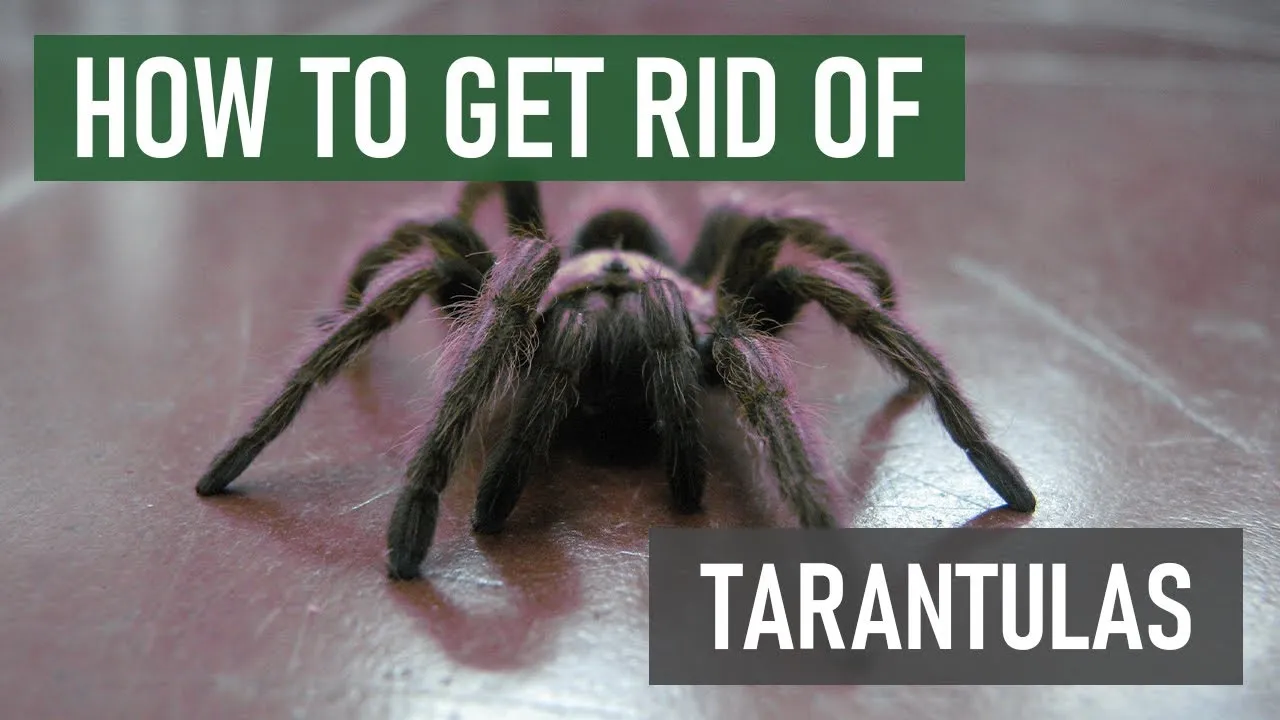
Overfeeding can lead to obesity and other health problems, potentially increasing stress. Feed your tarantula according to its age and growth stage, and remove any uneaten food within 24 hours. Observe the tarantula’s abdomen to see if it is too large and reduce feeding frequency accordingly.
Handling Your Tarantula Safely and Minimally
Handling can be stressful for tarantulas. While some owners enjoy interacting with their pets, it’s important to handle them as safely as possible and only when necessary. Minimizing handling is usually the best way to avoid unnecessary stress.
Minimizing Handling to Reduce Stress
Handling should be kept to a minimum. Tarantulas are generally not pets that enjoy being handled. Handle your tarantula only when necessary, such as for health checks or enclosure cleaning. Frequent handling can increase stress and potentially lead to defensive behaviors.
Gentle and Controlled Interactions
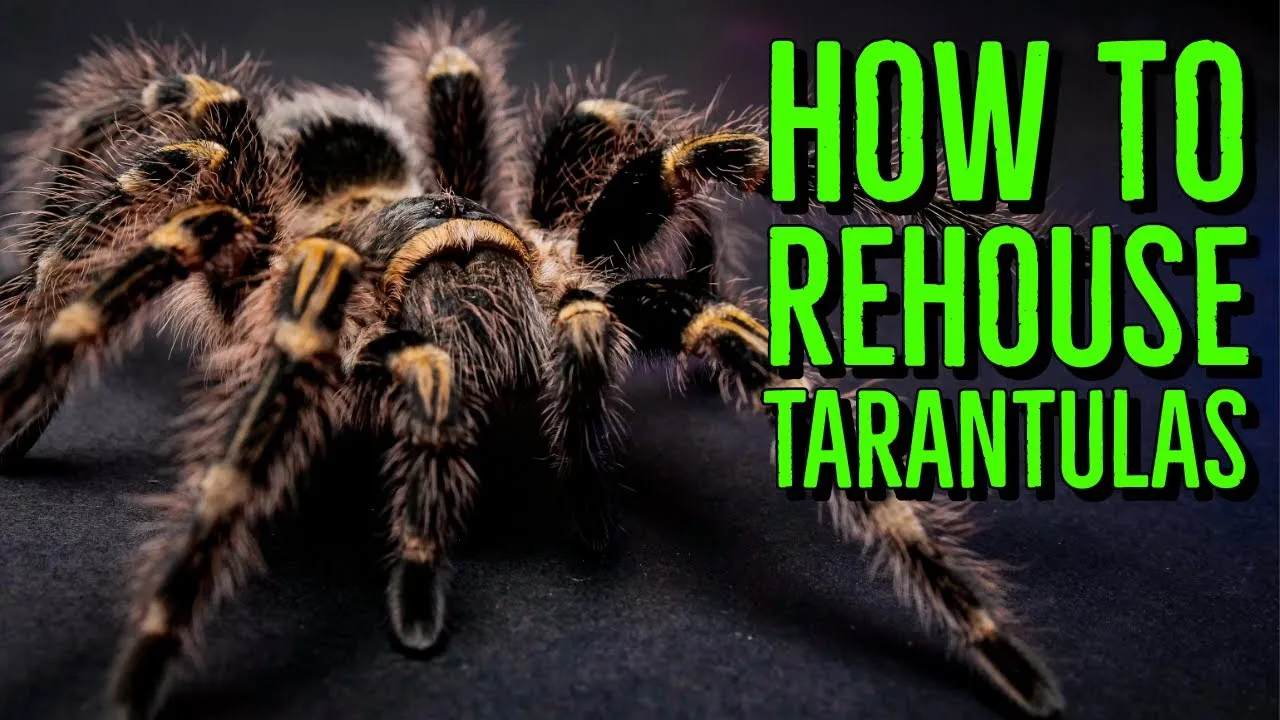
If you must handle your tarantula, do so gently and with control. Avoid sudden movements or loud noises. Encourage the tarantula to walk onto your hand rather than trying to pick it up. Always be aware of your tarantula’s posture and be prepared to put it back in its enclosure if it shows signs of stress or aggression. Keep interactions brief.
Promoting a Calm Environment
A calm environment can significantly reduce stress for your tarantula. Providing a peaceful space free from disturbances is essential for their well-being. Reducing stressors will allow your tarantula to relax and thrive.
Reducing Vibrations and Loud Noises
Tarantulas are sensitive to vibrations and loud noises. Place the enclosure in a quiet area, away from heavy foot traffic and loud appliances. Avoid placing the enclosure near a window or other areas that might be exposed to sudden noises or vibrations.
Avoiding Sudden Movements
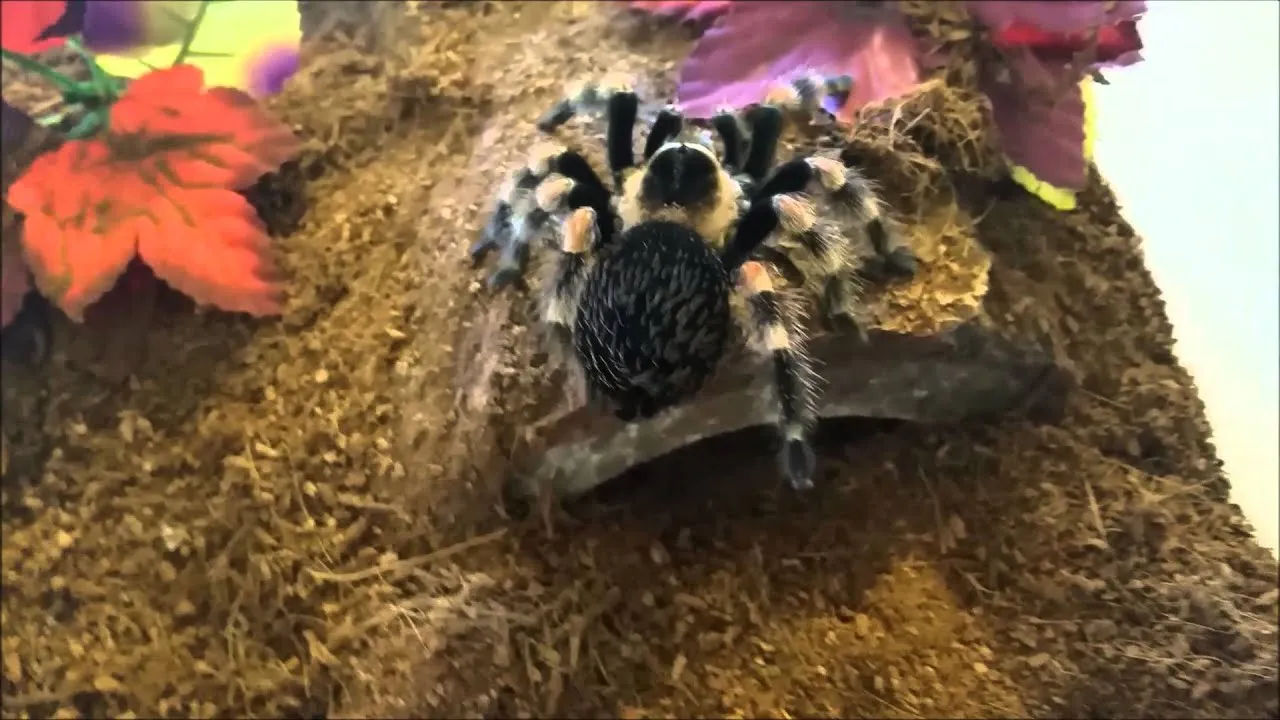
Sudden movements can startle a tarantula and trigger a stress response. When interacting with the enclosure, move slowly and deliberately. Avoid quick gestures or movements near the enclosure. Approach the enclosure calmly to avoid stressing your tarantula.
When to Seek Professional Advice
If you’ve tried these methods and your tarantula continues to exhibit signs of stress, or if you’re concerned about its health, it’s important to seek professional advice. A veterinarian or experienced arachnid keeper can help diagnose any underlying health issues and provide additional guidance.
Caring for a tarantula requires patience, observation, and a commitment to providing the best possible environment. By recognizing the signs of stress, understanding the environmental factors that impact your pet, and implementing these strategies, you can significantly reduce stress and help your tarantula live a long, healthy, and happy life. Remember that each tarantula is an individual, and what works for one may not work for another, so observe your pet and adapt your care accordingly.
